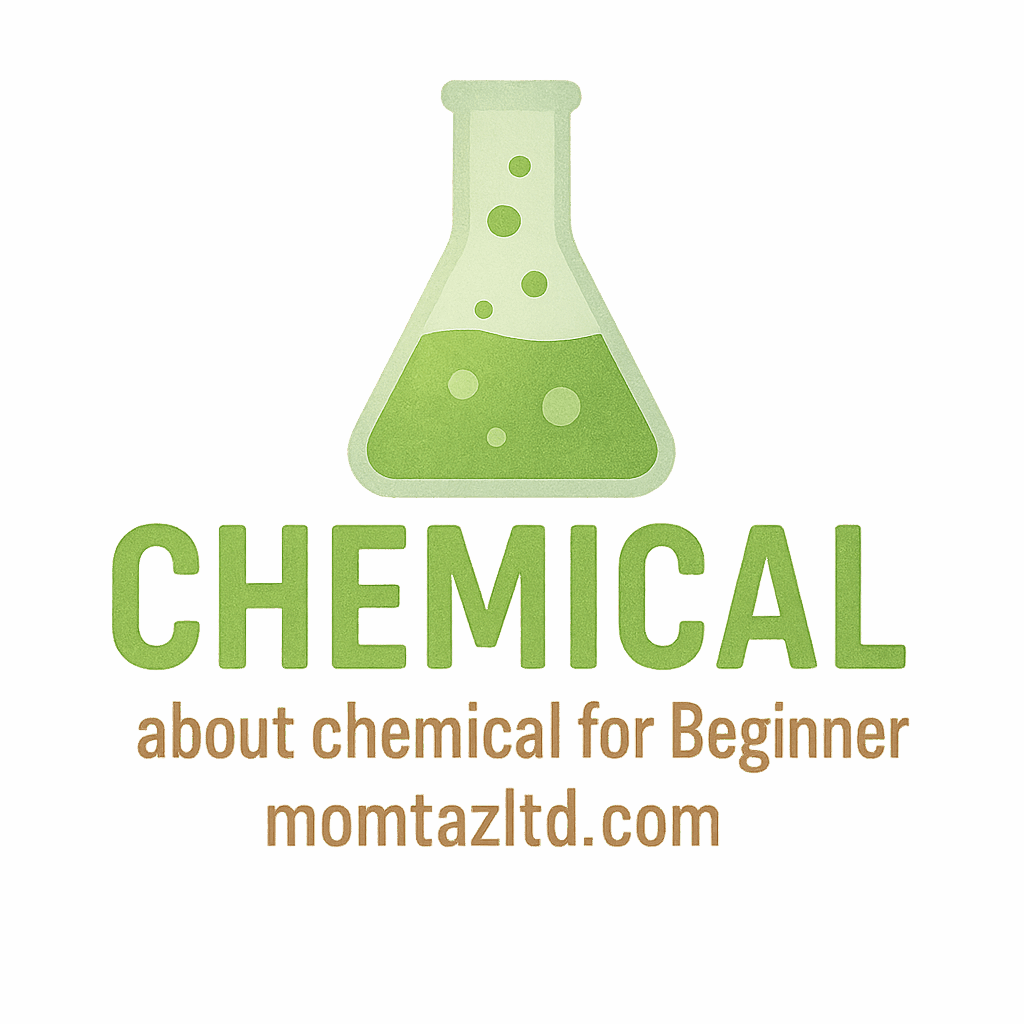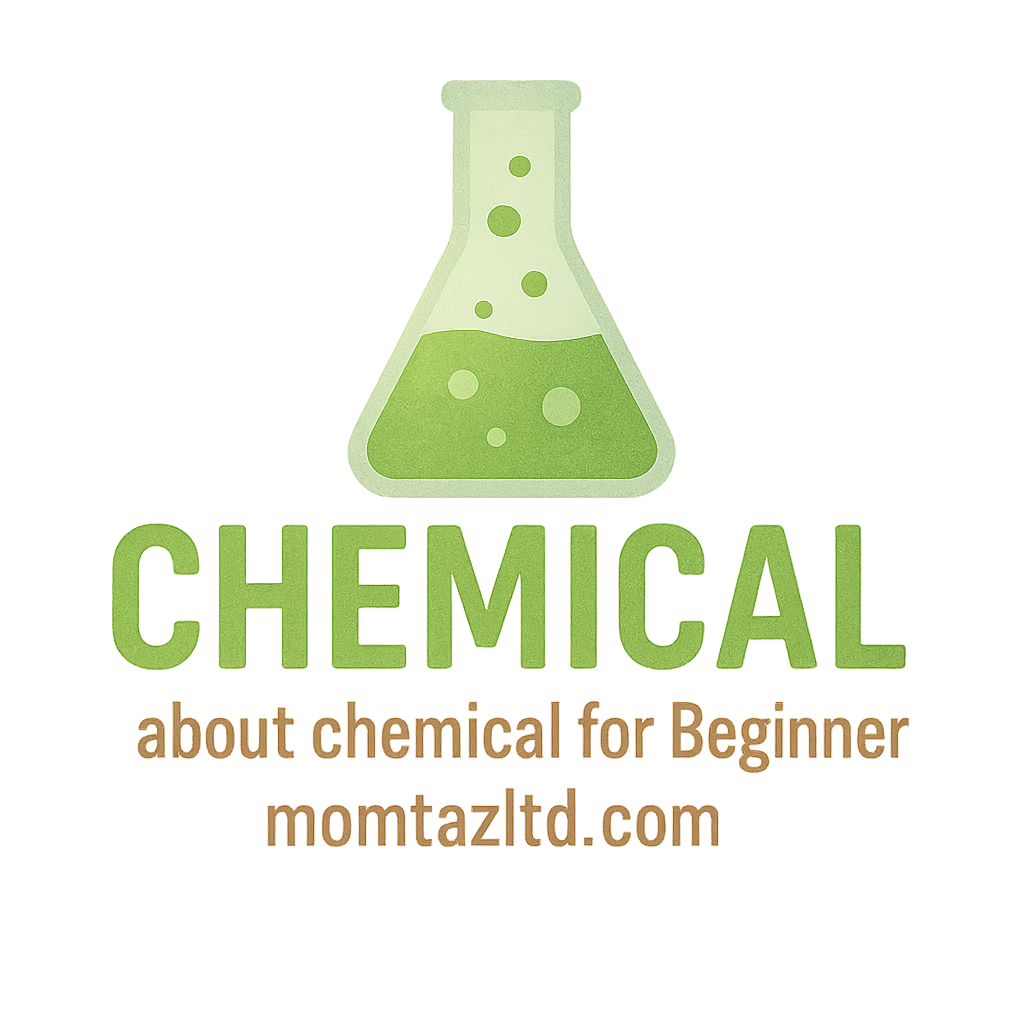Handling lab chemicals isn’t just about conducting experiments; it’s about ensuring safety, precision, and accuracy in every step. Whether you’re a student or a professional in the lab, the risks of mishandling chemicals are real. Unfortunately, beginner mistakes when handling lab chemicals are quite common and can lead to accidents, health issues, or skewed research outcomes.
In this article, we’ll go over 7 beginner mistakes when handling lab chemicals, and provide you with practical tips on how to avoid these pitfalls to keep yourself and your research safe.
What Are Lab Chemicals?
Lab chemicals are substances used in scientific research, industrial applications, or even for cleaning and disinfecting purposes at home. These chemicals range from simple compounds like water to complex, reactive substances that require special care and handling.
For more detailed insights, check out this article on Laboratory Chemicals, which explains different types of chemicals found in labs and their respective applications.
Types of Lab Chemicals
There are several types of chemicals you’ll encounter in a lab:
- Household Chemicals – Everyday chemicals like bleach or ammonia that can be found around the house but need careful handling.
- Industrial Chemicals – Used in manufacturing and industrial processes, these can range from acids to solvents, often requiring special storage.
- Laboratory Chemicals – Chemicals specifically used in scientific research, often requiring expert handling and precise measurement.
Each category requires unique care. For instance, proper chemical storage can help prevent accidents and ensure the longevity of the chemicals.
Why Proper Handling is Critical
Lab chemicals can be hazardous, toxic, or even flammable, which makes proper handling non-negotiable. The SDS (Safety Data Sheet) associated with each chemical provides crucial details such as toxicity, first-aid measures, and proper disposal methods.
When you mishandle chemicals, you risk:
- Health complications like burns or inhalation hazards
- Accidents that could harm you or the lab environment
- Damage to your research if results are compromised by improper chemical use
By following basic safety guidelines, you minimize risks and ensure safe handling of lab chemicals.
Common Beginner Mistakes When Handling Lab Chemicals
Mistake #1: Not Reading the Labels and Safety Data Sheets (SDS)
It’s easy to assume that you know what you’re handling, but beginner mistakes when handling lab chemicals often stem from skipping the crucial first step—reading labels and SDS.
Chemical labels provide essential information such as hazard symbols, the chemical’s composition, and storage requirements. The SDS gives detailed safety instructions, handling protocols, and emergency measures.
For more in-depth information, check out Chemical Terms and Chemical Safety to better understand what to look for when reviewing chemical labels and SDS.
What to Look for on Chemical Labels
Before using any chemical, always check the following on its label:
- Chemical Name: Ensure it’s the right substance for your experiment.
- Hazard Symbols: Be aware of the potential risks (e.g., flammable, corrosive, toxic).
- Usage Instructions: Follow guidelines like “use in well-ventilated areas” or “wear gloves”.
- Expiration Date: Some chemicals lose effectiveness or can become dangerous over time.
Mistake #2: Using the Wrong PPE (Personal Protective Equipment)
One of the most frequent beginner mistakes is failing to wear the appropriate PPE (Personal Protective Equipment). While a lab coat might be a given, beginners often overlook the necessity of gloves, goggles, and face shields when handling specific chemicals.
Different PPE for Different Chemicals
Choosing the right PPE depends on the type of chemical you’re dealing with:
- Gloves: Some chemicals, like strong acids, require specialized gloves to prevent skin contact.
- Goggles: Always wear eye protection to guard against splashes or fumes.
- Face Shields: For volatile or high-risk chemicals, face shields provide additional protection.
You can explore chemical safety and its link to PPE best practices for a deeper understanding of how to gear up for safety.
Mistake #3: Poor Storage Practices
Improper chemical storage is a common issue in beginner labs. Chemicals need to be stored according to their specific properties. Mixing up storage locations can lead to dangerous reactions or accidents.
Guidelines for Proper Chemical Storage
- Separate Reactive Chemicals: Store acids and bases in separate cabinets to avoid violent reactions.
- Temperature Control: Some chemicals need to be stored in cool or warm conditions. Always check for temperature requirements.
- Sealed Containers: Ensure that containers are tightly sealed to prevent leaks and contamination.
For more about chemical storage best practices, check out additional resources on keeping chemicals safe and effective.

Mistake #4: Mixing Chemicals Without Understanding Reactions
Mixing chemicals without understanding how they react is a recipe for disaster. Beginners often assume that because two chemicals look harmless alone, they’ll be fine when combined.
How to Safely Mix Chemicals
- Read Protocols: Always review any instructions on mixing chemicals before proceeding.
- Start Slow: Mix chemicals slowly to monitor their reactions and adjust accordingly.
- Use Proper Equipment: Use the correct glassware to avoid any contamination or reactions.
For more on chemical reactions and how to approach them safely, check out this helpful guide.
Mistake #5: Neglecting Ventilation
Neglecting ventilation when working with chemicals that emit fumes is a serious mistake. Many chemicals release harmful gases that can be dangerous if inhaled.
Ensuring Proper Ventilation
- Use Fume Hoods: Always work with volatile substances inside a fume hood to prevent exposure to toxic fumes.
- Check Airflow: Before starting, ensure that the lab is well-ventilated by checking the exhaust system.
- Open Windows: If possible, increase airflow by opening windows or using fans.
For more tips on keeping your lab safe, visit learn from experts.
Mistake #6: Lack of Regular Chemical Waste Disposal
Leaving chemical waste around the lab or improperly disposing of it is a mistake many beginners make. This can lead to contamination and environmental damage.
Best Practices for Chemical Waste Disposal
- Separate Waste: Store hazardous and non-hazardous waste in different containers.
- Label Containers: Clearly label chemical waste to prevent accidental exposure or mishandling.
- Follow Local Regulations: Adhere to safety and environmental guidelines when disposing of chemicals.
To dive deeper into chemical disposal, see this article on household chemicals and how to manage them properly.
Mistake #7: Failing to Stay Updated on Safety Protocols
Safety standards are constantly evolving. What was safe last year may not be safe today. Beginners often fail to stay up-to-date on these changes, leading to unnecessary risks.
Keeping Up with Safety Standards
- Attend Regular Safety Training: Stay updated on the latest chemical safety protocols and best practices.
- Review Safety Protocols Regularly: Before any experiment, review safety measures and emergency procedures.
- Stay Informed: Keep up with new chemical safety guidelines and adjust your practices accordingly.
For more on continuous learning in the lab, explore beginner chemistry resources and safety tips.
Conclusion
Handling lab chemicals requires more than just following instructions—it demands a comprehensive understanding of chemical properties, safety protocols, and preventive measures. By avoiding these 7 beginner mistakes when handling lab chemicals, you can minimize risks and contribute to a safer, more effective laboratory environment.
Stay safe, follow the guidelines, and always strive to keep learning. Remember, safe chemical handling is key to your success, whether you’re conducting basic research or working on advanced experiments.
FAQs
- What is the most common mistake when handling lab chemicals?
- The most common mistake is failing to read the labels and Safety Data Sheets (SDS).
- What PPE should I wear when handling chemicals?
- Always wear gloves, goggles, and a lab coat. For more hazardous chemicals, you may need additional protection like face shields.
- How should chemicals be stored in a lab?
- Store chemicals according to their type, ensuring proper containers, temperature control, and labeling.
- Is it dangerous to mix chemicals without knowing their reactions?
- Yes, mixing chemicals can cause dangerous reactions, fires, or explosions if not done carefully.
- Why is ventilation important in a laboratory?
- Ventilation helps to remove harmful fumes, reducing the risk of inhalation hazards.
- How should chemical waste be disposed of?
- Follow local guidelines for chemical waste disposal, ensuring safe separation and proper labeling.
- How can I stay updated on chemical safety?
- Attend regular safety training and review the latest chemical safety protocols.


